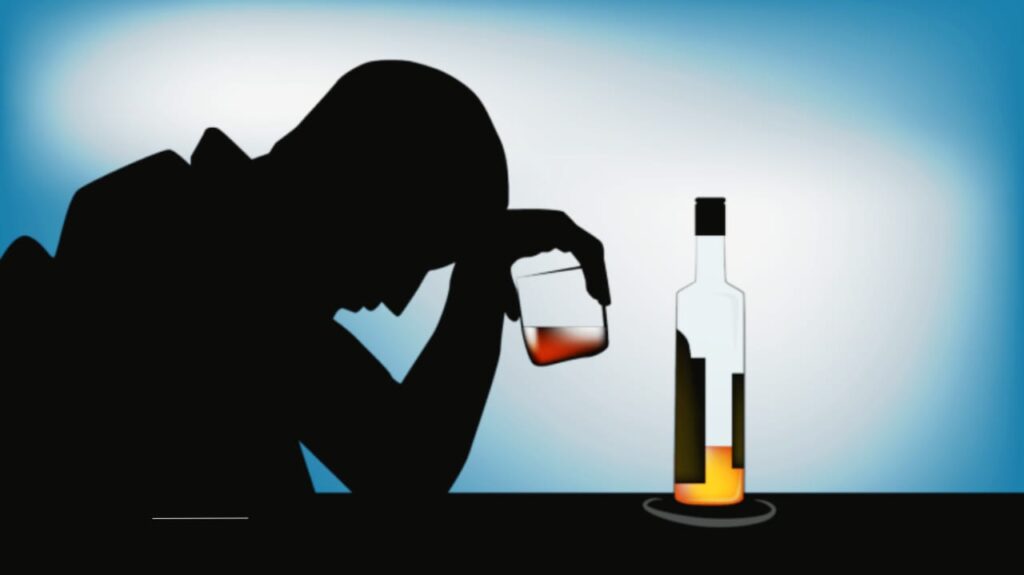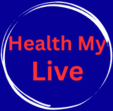
Every year, over 740,000 people worldwide are diagnosed with cancers directly tied to alcohol consumption. Despite decades of research confirming this connection, public awareness remains shockingly low. A 2023 global survey found that fewer than 30% of adults recognize alcohol as a carcinogen. This gap in knowledge isn’t just surprising—it’s dangerous.
New data from institutions like the World Health Organization (WHO) and the National Cancer Institute (NCI) are doubling down on earlier warnings: no amount of alcohol is entirely safe. Even moderate drinking, long considered harmless, increases cancer risk. As evidence mounts, health experts argue that outdated public messaging and alcohol industry influence are delaying life-saving education.
How Alcohol Triggers Cancer: Breaking Down the Science
Alcohol isn’t just a social lubricant—it’s a complex chemical that wreaks havoc on the body. When you drink, enzymes in your liver break down ethanol into acetaldehyde, a toxic compound likened to a “wrecking ball” for cells. Acetaldehyde damages DNA and prevents repair, allowing mutations to accumulate. Over time, these mutations can spiral into cancer.
Alcohol also weakens the immune system, impairs nutrient absorption (like folate, which protects against DNA damage), and increases estrogen levels—a hormone linked to breast cancer. Dr. Maria Neira, WHO Director of Public Health, explains: “Alcohol isn’t just a liver issue. It’s a systemic carcinogen, affecting multiple organs.”
Which Cancers Are Linked to Alcohol?
- Head and Neck Cancers
Alcohol is a leading cause of cancers in the mouth, throat, and esophagus. Drinkers face 5x higher risks for oral cancers compared to non-drinkers. When combined with smoking, risks skyrocket further due to synergistic effects. - Liver Cancer
Chronic alcohol use is the primary driver of liver cirrhosis, a precursor to cancer. Globally, 33% of liver cancer cases are alcohol-related. - Breast Cancer
Even one drink daily raises breast cancer risk by 7-10%, per the American Cancer Society. Alcohol elevates estrogen levels and fuels hormone-receptor-positive tumors. - Colorectal Cancer
Regular drinkers face a 40% higher risk of colorectal cancer. Acetaldehyde directly damages intestinal lining cells. - Stomach and Pancreatic Cancers
Emerging research ties alcohol to inflammation in the stomach and pancreas, both linked to cancerous changes.
The Global Burden: By the Numbers
- Global Impact: Alcohol contributes to 5.6% of all cancer cases and deaths yearly (WHO, 2023).
- US Statistics: 3-6% of U.S. cancer cases—roughly 75,000 annually—are alcohol-related (CDC).
- Gender Disparities: Men account for 77% of alcohol-linked cancers, but women face higher breast cancer risks even at lower drinking levels.
Why Don’t People Know? The Awareness Gap
Despite clear evidence, public understanding lags. A 2022 UK study found that 90% of drinkers were unaware of the alcohol-cancer link. Myths like “red wine is heart-healthy” persist, overshadowing risks.
Dr. Timothy Naimi, Director of the Canadian Institute for Substance Use Research, blames inconsistent messaging: “Health agencies often downplay cancer risks to avoid ‘nanny-state’ criticism. Meanwhile, alcohol ads promote moderation without context.”
Industry tactics also play a role. A 2021 report exposed alcohol companies funding research that minimizes health risks, mirroring strategies once used by tobacco firms.
Case Studies: Where Public Campaigns Worked
- France’s Evin Law
Enacted in 1991, this law banned alcohol ads on TV and mandated health warnings. By 2000, alcohol consumption dropped by 20%, with notable declines in liver disease. - Australia’s “Spread” Campaign
A 2018 initiative used graphic ads to show alcohol’s cancer risks. Post-campaign surveys showed a 35% increase in public awareness. - South Korea’s Warning Labels
Since 2016, alcohol bottles carry labels stating, “Drinking causes cancer.” Early data suggests a 15% reduction in heavy drinking among young adults.
Barriers to Effective Prevention
- Cultural Norms: Alcohol is ingrained in social rituals, from weddings to sports. Challenging these norms often sparks backlash.
- Industry Opposition: Lobbying groups block stricter regulations. In 2022, the EU delayed cancer warning labels after pressure from wine producers.
- Mixed Messaging: Guidelines vary globally. The U.S. recommends ≤2 drinks/day for men, while the UK advises ≤14 units/week for all adults.
Policy Solutions: What Works?
- Taxation: A 10% price increase reduces alcohol-related harm by 7% (WHO).
- Labeling: Clear warnings on packaging, as seen in Ireland, improve awareness.
- Advertising Bans: Restricting ads lowers youth consumption, per a 2020 JAMA study.
The Path Forward: Education + Empathy
“Shame doesn’t work,” says Dr. Alicia Sanders-Zakre, an oncology researcher. “We need relatable, multilingual campaigns meeting people where they are—schools, social media, even bars.”
Examples include:
- Digital Tools: Apps like “Drinkaware” track consumption and provide risk feedback.
- Community Programs: Brazil’s “Healthy Nightlife” initiative trains bar staff to discuss moderation.
- School Curricula: Ontario’s health classes now teach teens about alcohol’s carcinogenic effects.
